When you start out in the world of trail running, you think an ultra is measured only in kilometers. But over time you understand that there's something more crucial than distance: the elevation gain. Running 100 km with 4,000 meters of elevation gain is not the same as running 74 km with 6,500 meters. The former are "runnable" ultras; the latter are days of light mountaineering with a race number.
Here, it's not just the fastest runner who wins. It's the one who knows how to endure the most , who thinks like a mountaineer , who respects the mountain . That's why we're sharing the ultra-trail races in Spain with the greatest elevation gain , the ones that make your heart pound with effort and excitement.
Why look for races with so much elevation change?
For many runners, ultras with a lot of elevation gain are "the real deal." They're the ones that confront you with the wild, the uncontrollable. It's not just about numbers. It's about walls, ridges, technical sections, and above all... moments where you can't run, but you can still move forward if your mind stays strong.
In these kinds of races, the elevation gain becomes the real star. Legs alone aren't enough. You need a strong heart and a cool head. As many say, "You're not looking at the clock, you're looking at the next summit."

What is positive elevation change and how is it measured?
What does “m+” (positive meters) mean?
The term “m+” refers to the cumulative positive elevation gain during a race: the sum of all the climbs a runner makes from the starting line to the finish line. It does not include descents or flat sections—only ascents. For example, a 300m climb, repeated in series, generates 300m+, although the subsequent negative elevation gain could be similar.
How is it calculated and what impact does it have on performance?
The calculation of m+ is done by adding up all the small altitude fluctuations that involve climbing—recorded with an altimeter or GPS. If a race has several ascents of 400 m, 600 m, and 200 m, they are added to the total. For example: 400 + 600 + 200 = 1,200 m+.
Why does it matter so much? Because the effort required to climb is far greater than running on flat terrain or downhill. A general rule of thumb: the higher the elevation gain per kilometer (m+/km), the more challenging the course . A 100km race with 8,000m of elevation gain will be much more demanding than a 100km race with 3,000m of elevation gain.
m+/km ratio
Consider two key variables: total distance (km) and elevation gain. A ratio of, for example, 80 m+ per km is already high. In the races you'll see below, some exceed 100 m+ per km , which implies extremely high levels of physiological, technical, and mental exertion.
Importance of training on uneven terrain
Training for elevation gain is not optional if your goal is one of these races. Specific leg strength, climbing technique, descending technique, an adapted aerobic system… It all counts. And even more: the right gear—lightweight, breathable, with thermal protection for high-altitude terrain—can make the difference between finishing in one piece or getting burned.
At Teamergy we know that equipment is not only aesthetic but functional: technical materials, design conceived for the mountains and, if you are part of a club or organizer, personalization also strengthens the team mentality.

Spain: trail running paradise with m+
Spain is a perfect country for trail running with significant elevation gain: the Pyrenees, the Picos de Europa, the Sierra Nevada, the volcanic islands… there's terrain for everyone. But within all that options, there's a group of races that stand out not only for their distance, but also for their steep climbs.
And if you're preparing for a big challenge, look at the m+/km statistic . That's where you can tell who's who. Not all long races are tough. Some shorter ones, like the Travesera, are true vertical hells.
The 9 Spanish ultras with the most positive elevation gain

Here's the definitive list. This isn't just any ranking: these are tests that leave a mark. And not just on your legs.
1. Canfranc-Canfranc Ultra – Huesca
100 km – 8,848 m+ – 88 m+/km
Absolutely brutal. The race that many describe as "the toughest I've ever done... and I'd do it again." There's no respite here. The technical terrain, the relentless elevation gain, and the high-mountain environment make it only for those who truly enjoy suffering.
“There is no real rest stop.”
“It’s a career for patient people.”
The key: lightweight gear, trekking poles, and a shirt that won't chafe even after 20 hours of exertion. This is where technical textiles like Teamergy truly come into their own: zero chafing under extreme conditions.
2. GTT Aneto-Posets – Huesca
105 km – 6,760 m+ – 64 m+/km
Stalking through two giants of the Pyrenees, this ultra has that sense of continuous adventure. Long stretches, terrain where your legs give out and your head takes over.
“It’s not the most technical route I’ve done, but it feels very long. If you push too hard at the beginning, the last third can be a real struggle.”
A perfect race if you want to take the plunge into the world of hill climbing without yet entering the madness of Canfranc.
3. Ultra Pirineu – Barcelona
100 km – 6,600 m+ – 66 m+/km
The most well-known. Mountains, a fantastic atmosphere, international runners, and a well-balanced course. It has a certain magic, and many include it on their dream list.
"Here you can run if you've trained."
“The route is beautiful.”
Ideal for testing breathable clothing that fits the body and doesn't get in the way of a vest or backpack. Here, every detail matters: thermoregulation, freedom of movement, and durability.
4. Picos de Europa Crossing – Asturias
74 km – 6,560 m+ – 89 m+/km
Don't be fooled by the distance. This is a technical beast. Climbs that last forever, demanding sections, and terrain that gives you nothing.
“Not a single meter is given away.”
"If you're not in great shape after a mountain run, it'll run you over."
Pure mountain experience. For those who have already completed ultramarathons and want to face a true test of endurance.
5. Tenerife Bluetrail – Tenerife
110 km – 6,250 m+ – 56 m+/km
From the coast to Mount Teide. The change in landscape, climate, and altitude makes this race unique.
“The contrast in landscapes is striking.”
"You have to know how to manage the altitude."
Here, technical textiles aren't a luxury, they're a necessity. You go from wet and warm to cool and dry. Layering, quick-drying, and breathability define your performance.
6. Penyagolosa CSP – Castellón
109 km – 5,600 m+ – 51 m+/km
The most "runnable" on the list, but don't get too comfortable. It has a steep incline that accumulates and will take its toll on your legs as the kilometers go by.
“I thought it would be easier…”
"It breaks you down more through accumulation than through a specific rise."
If you're used to ultra-fast bikes, this is where you'll be put to the test.
7. Ultra Sierra Nevada – Granada
100 km – 5,435 m+ – 54 m+/km
From the bottom to the top. Constant progression, heat below, scarce oxygen above. Very comprehensive.
“It’s not the climb that kills you, it’s the progression.”
"If you don't eat and drink well at the beginning, you'll pay for it in the upper part of town."
Lightweight gear and a well-planned diet are key. Every gram counts here.
8. Somiedo Challenge – Asturias
86 km – 5,386 m+ – 63 m+/km
Green, tough, and beautiful. Many put it in their top 3.
"You need to come with legs to climb."
“The weather can play a key role.”
It has that Asturian touch: nature, harshness, community.
9. Mallorca 5000 – Mallorca
72 km – 5,000 m+ – 69 m+/km
The Balearic surprise. In the Serra de Tramuntana, nothing is given away for free.
"It's not long... but there's no rest."
“The heat can be a factor.”
Ideal for testing yourself on a steep incline without tackling 100 km.
Tips for preparing for a race with significant elevation gain

Strength training, uphill and downhill technique
- Leg strength : Squats, weighted lunges, plyometric jumps. To climb properly, you need power, cushioning, and endurance.
- Climbing technique : Learn to use poles (if allowed), regulate pace, keep your eyes forward (not just your foot), and shorten your steps when it's rocky.
- Downhill technique : This is where you gain or lose a lot of time and muscle health. Relax your shoulders, land firmly on your forefoot, and manage your braking.
- Elevation gain/loss series : Simulates repeated 300-500m climbs in real-world training. The more accustomed you are to elevation gain, the better your response will be.
Planning, hydration, and technical equipment
- Planning : Allow at least 16-20 weeks for preparation if your fitness level allows it. This includes phases focused on volume, strength, technique, altitude, and specific conditioning.
- Hydration and nutrition : In races with 5,000-8,000 m+ elevation gain, the loss of salts, muscle breakdown, and glycogen depletion is magnified. Carry isotonic drinks, solid energy bars, and electrolytes.
-
Technical material :
- Technical footwear with good grip and ankle protection.
- Breathable clothing, suitable for high mountain environments (cold, wind, rain), such as the AURA autumn-winter collection from Teamergy
- Lightweight hydration pack, headlamps, trekking poles, gloves.
- And that's where Teamergy comes in: create your own custom gear that represents you, motivates you, and is adapted for the mountains. A well-designed Teamergy technical t-shirt, lightweight and durable pants… it's not a luxury; it's part of performance. Plus, running in your club or team's kit adds an extra boost of motivation.
Teamergy custom kits for your performance
At Teamergy, we understand that kit is more than just aesthetics. It's functional, emotional, and a reflection of identity. Customizing your t-shirts, vests, leggings, or caps allows you to:
- Feeling like you're part of a team, even if you're competing alone.
- Wear colors/a signature that represents you and motivates you when your legs feel heavy.
- Take advantage of technical materials adapted to the slope (breathability, resistance, seams, reduced weight).
We invite you to design your kit with Teamergy: make every positive meter count from the moment you get dressed in your neuro.

Are you ready to take the leap?
If you've already completed an ultramarathon and feel that something inside you is craving more, these races are your next step. They're tough, yes. But they're also transformative.
Because finishing the Travesera, the Canfranc, or the Aneto isn't just about crossing a finish line. It's about proving to yourself that you can keep going when everything inside you is telling you to stop .
And that, dear trail runner, changes you forever .


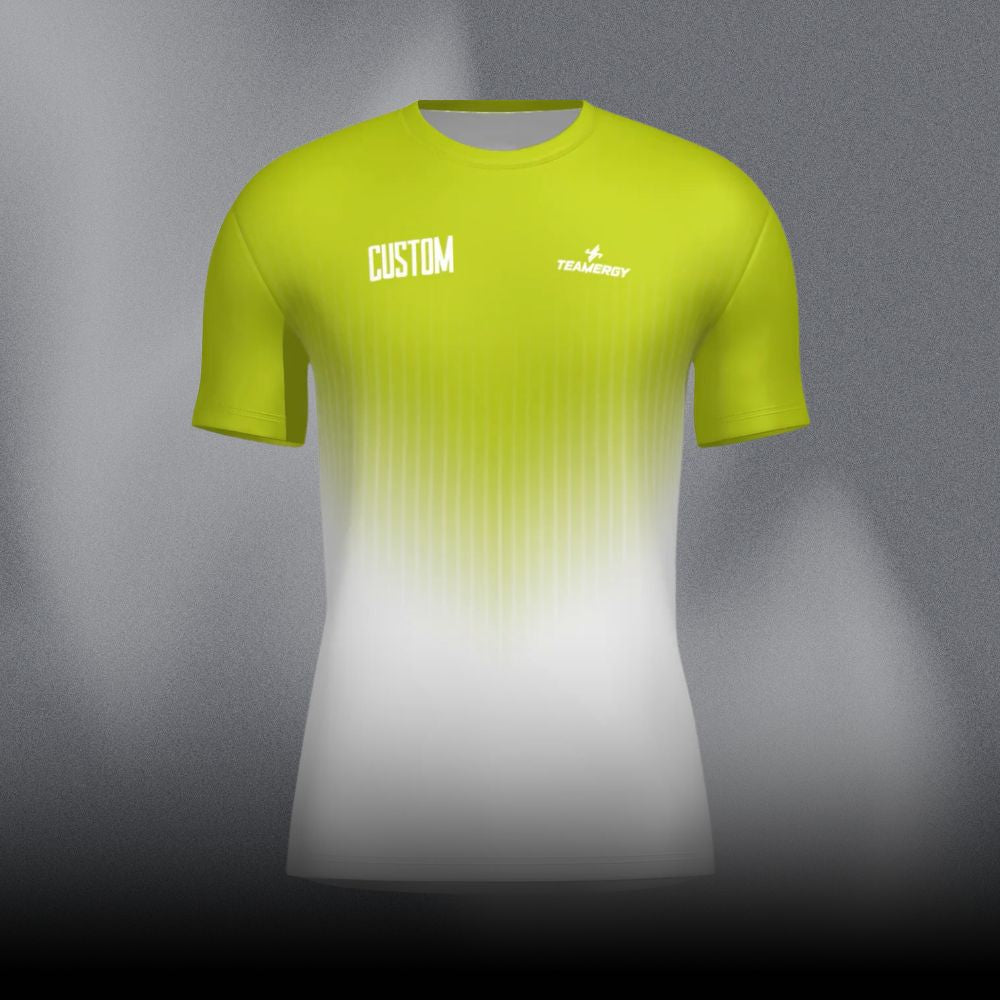
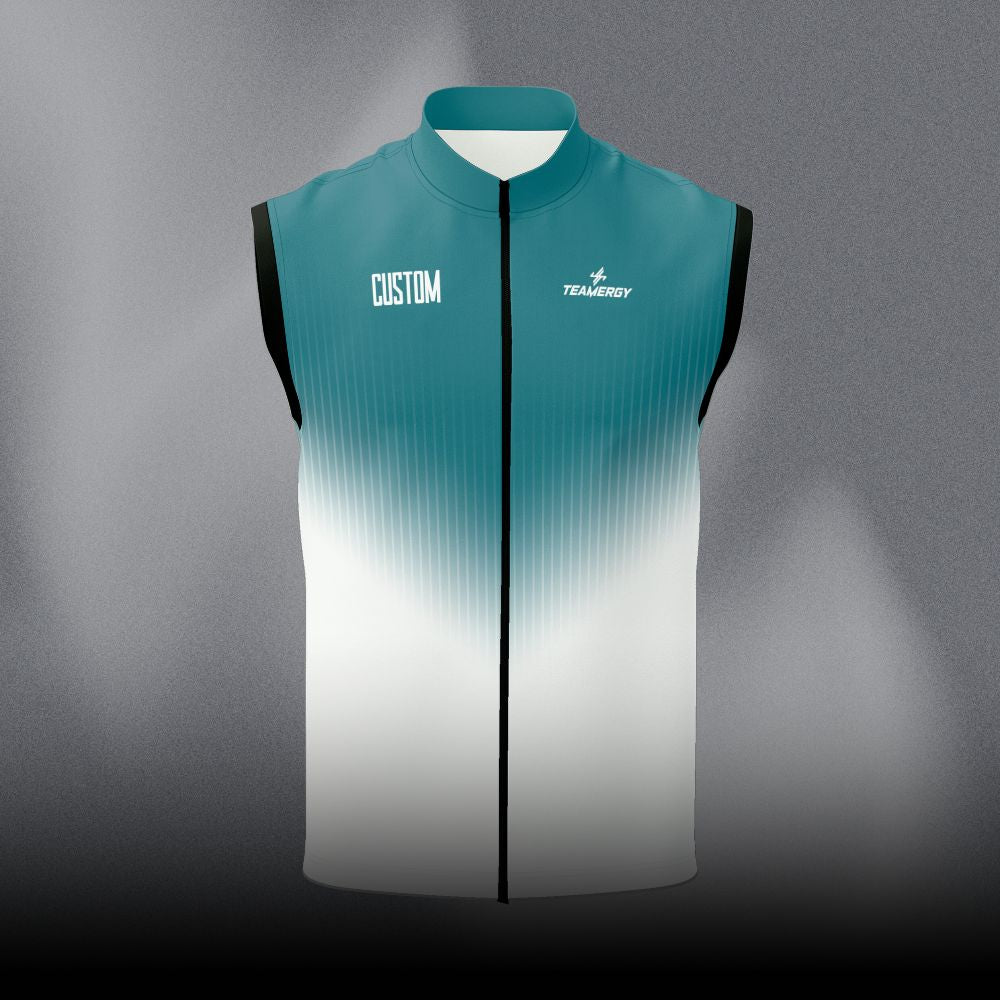

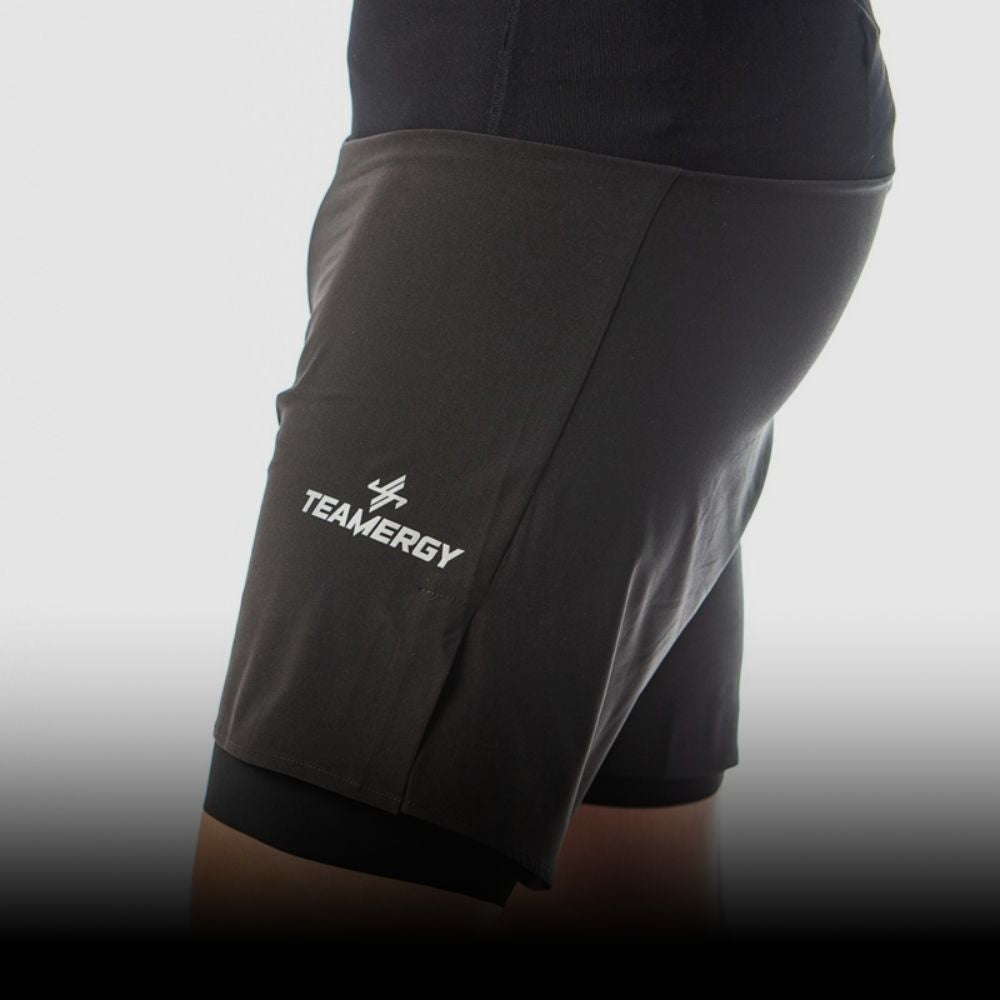
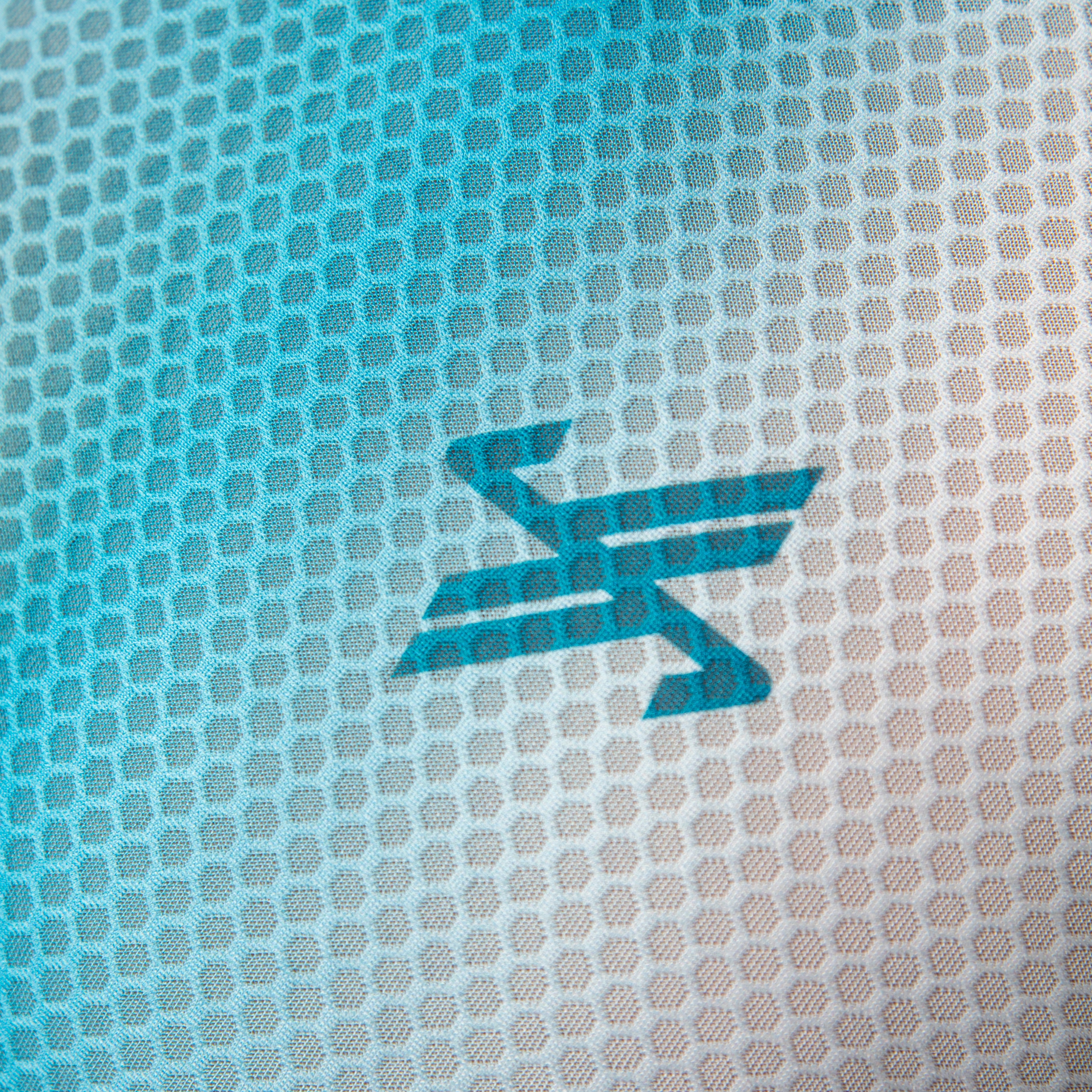
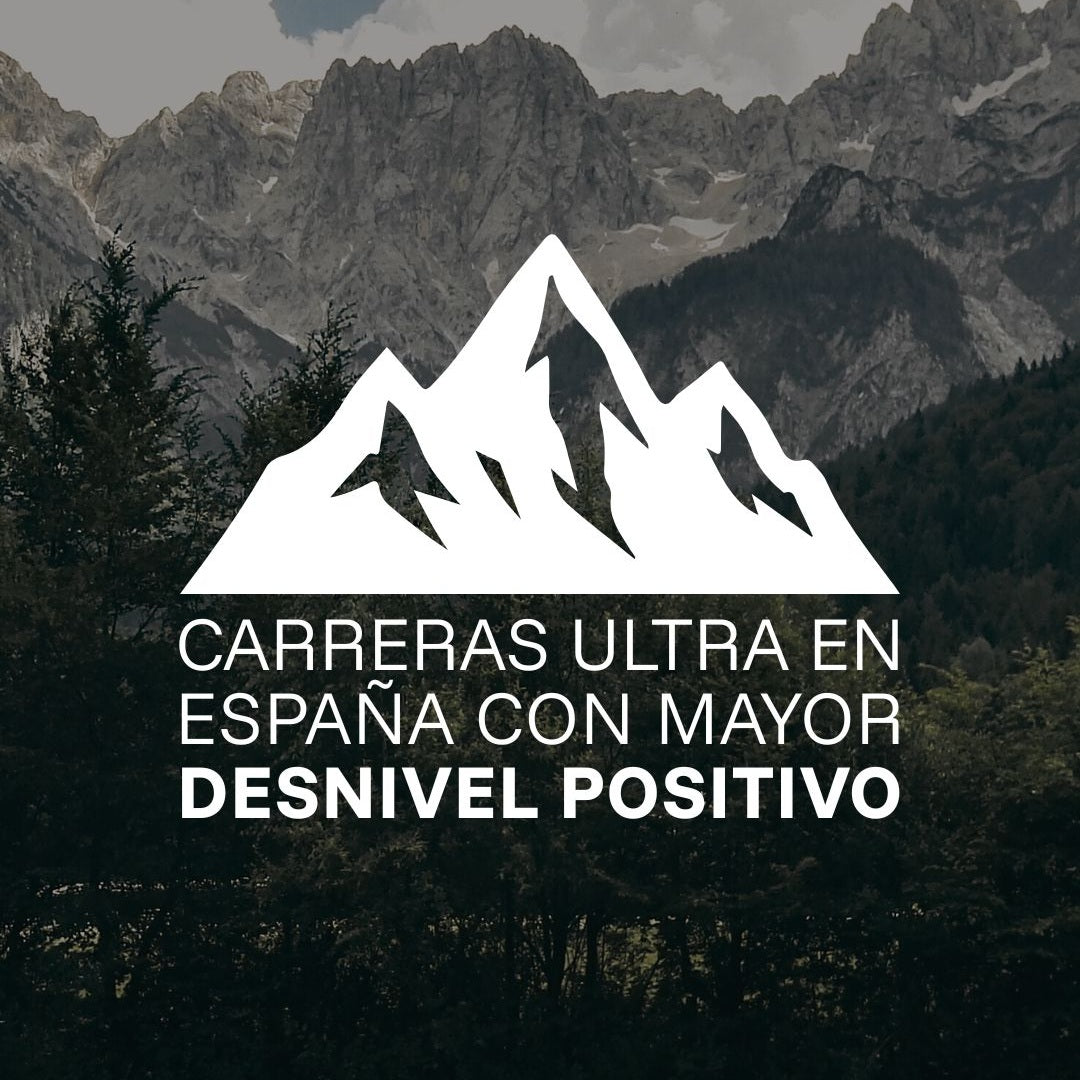
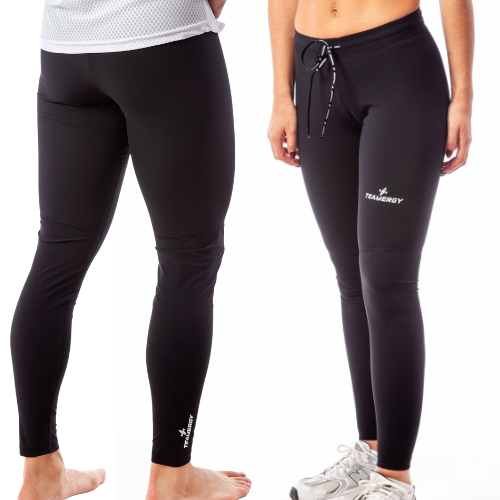

Leave a comment
This site is protected by hCaptcha and the hCaptcha Privacy Policy and Terms of Service apply.